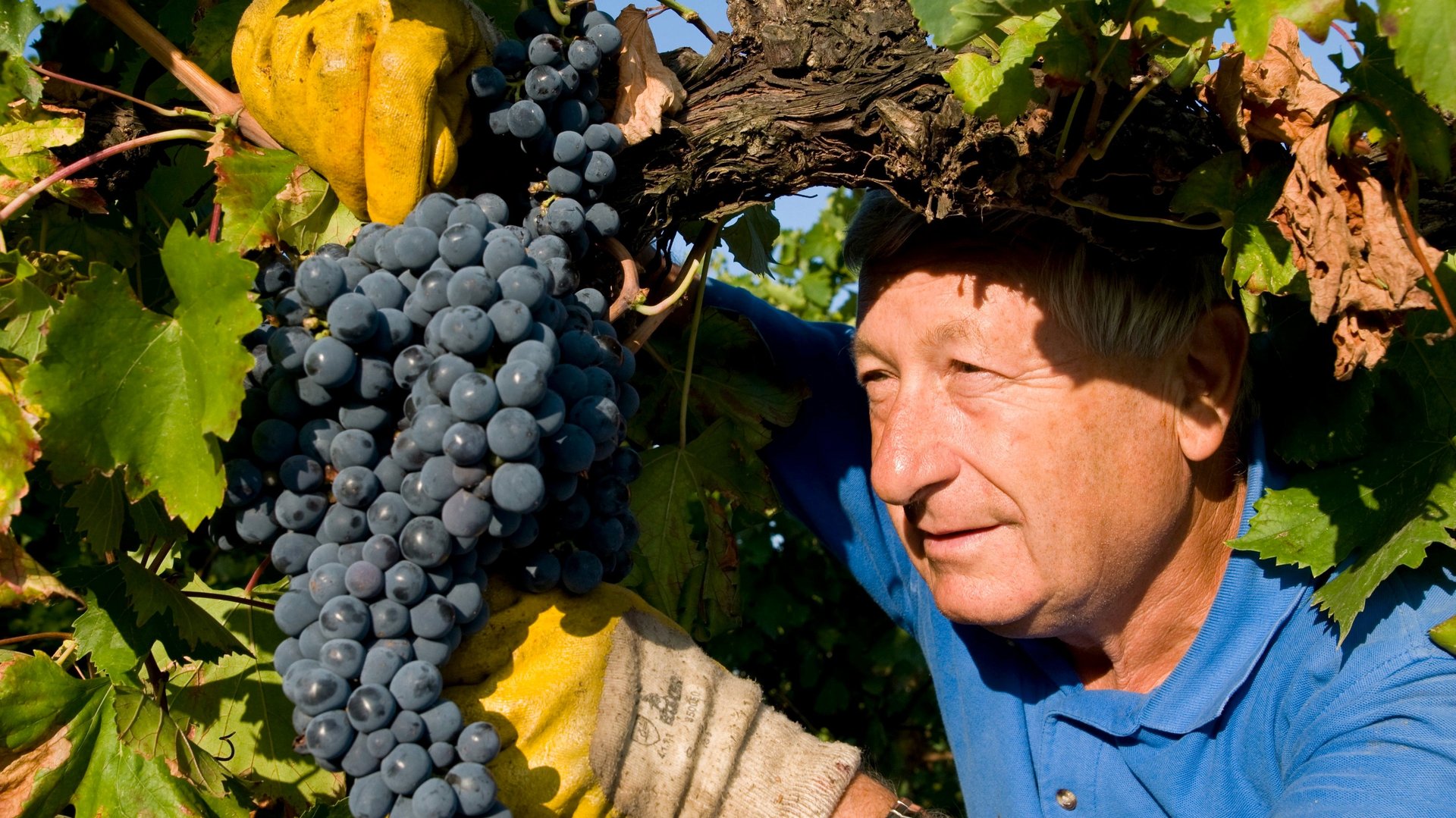As La Dolce Vita wanes in Italy, winemaker focuses on exports
This article is part of a series on the 2012 wine harvest and how certain vineyards have been coping with the effects of global climate change on the notoriously temperamental wine grape. Quartz also wrote about vineyards in Burgundy, France; and Sopron, Hungary, with more to follow.


This article is part of a series on the 2012 wine harvest and how certain vineyards have been coping with the effects of global climate change on the notoriously temperamental wine grape. Quartz also wrote about vineyards in Burgundy, France; and Sopron, Hungary, with more to follow.
Name of estate: Umberto Cesari
Region: Emilia-Romagna, Italy
Size of estate: 120 hectares
Owned by: Gianmaria Cesari
Family owned since: after the second world war
Grape Varieties: Sangiovese, Cabernet Sauvignon, Merlot, Chardonnay, Sauvignon Blanc
Soil composition: Clay, mineral
Flagship wine: Liano (red), 70% Sangiovese and 30% Cabernet Sauvignon. Retail: €28 ($36.34)
This year’s harvest date: Aug. 27
Last year’s harvest date: First week of October
Bottles produced annually: 3 million
Bottles produced this year: 3 million, partly because of the addition of new vines. The yield per hectare is down 10% from the previous year
Typical annual revenue: €14.990.000 ($19,456,162)
This year’s weather: Gianmaria Cesari, third-generation owner of Umberto Cesari Vineyards, said at the time of this interview (Aug. 29), “We have not had rain in 65 days.” The estate’s harvest year began on Aug. 27–an alarming 25 days ahead of schedule–because of this lack of rains, and because the heat caused rapid ripening.
Worries for the future: Gianmaria Cesari says he has has worries far more pressing than the effects of global climate change. He sees wine consumption as a bellwether for Italy’s spiritual state, so things have become pretty grim. He says, “Our grandparents had a bottle of wine at lunch no matter what kind of wine it was.”
Younger generations, however, drink considerably less. According to a study cited in Decanter in April 2011, 69% of Italians over 65 years of age drink wine every day, whereas only 13% of 16-to-35 year-olds drink daily.
Another study conducted by the Organisation Internationale de la Vigne et du Vin found that overall wine consumption in Italy in 2011 was down 6.3% from the previous year, despite going up slightly in France and other EU countries.
Gianmaria’s grandfather built the vineyard from scratch after the second world war, when the area was decimated by shelling. The next generation Cesari–Gianmaria’s father– faced a fresh challenge: overcoming stereotypes about Emilia-Romagna wines. The region was known for relatively lowbrow wines like Lambrusco and vino di tavola; the decision to grow the more refined Sangiovese was a revolutionary idea, says Gianmaria Cesari: “My grandfather wanted to charge five or six times the price of his competitors. They thought he was a fool.”
And now the founder’s grandson has to face perhaps the hardest challenge in the vineyard’s history: the financial crisis in Italy. As an Italian tied to his family soil, he is deeply worried the hard times will erode the “social situation” – the Italian way of life. As a businessman, he has responded to the crisis by being aggressive in moving his sales outside Italy; now his home country accounts for only 10% of overall sales; the remaining 90% are exports.